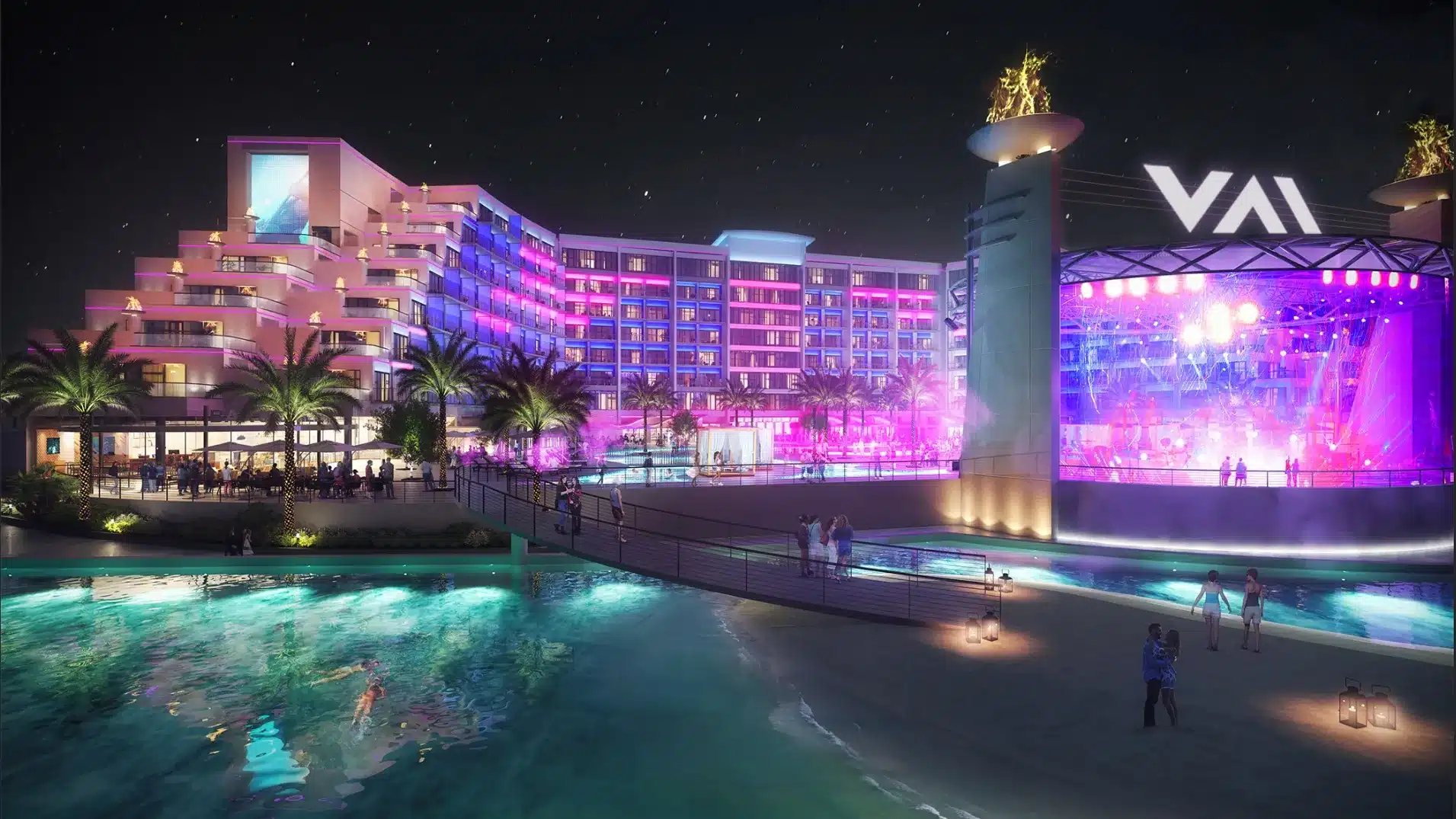Are you an avid beachgoer? Do you love to ski or snowboard in the winter? If so, you may have dreamed of owning your resort one day. Resort construction is a complex process that requires careful planning and execution. This could be a dream project for many entrepreneurs as it combines business acumen with the ability to create a luxurious environment for guests.
In this guide, we will walk you through the basics of resort construction and what you need to know before taking on such a project.
Understanding Your Ideal Location
The first step in resort construction is finding the perfect location. This can make or break your resort business, so it’s essential to do thorough research and consider all factors. Some key aspects to keep in mind when choosing a location include:
- Accessibility: Easy accessibility for guests is crucial. Your potential location should be easily accessible by road or air, depending on its proximity to major cities.
- Climate: The climate of your chosen location will greatly impact the type of activities and amenities you can offer. For example, a beach resort will do well in warm, tropical weather, while a ski resort will thrive in colder climates.
- Competition: It’s important to research the existing resorts in the area and see what they offer. This will help you identify any gaps or opportunities for differentiation in the market.
- Local Culture: The culture of your chosen location should align with the type of experience you want to create at your resort. It’s also essential to respect and integrate local customs and traditions into your design and operations.
Once you have narrowed down potential locations based on these factors, it’s crucial to visit each one in person and get a feel for the surrounding area. This will give you a better understanding of the local market and help you make an informed decision.
Designing Your Resort
The design of your resort is a crucial aspect that will shape the guest experience and ultimately determine its success. Here are some key considerations to keep in mind when designing your resort:
- Type of Resort: Will it be a luxury, all-inclusive, or eco-resort? This decision will impact everything from the amenities and services you offer to the target market.
- Theme and Style: The theme and style of your resort should align with its location and target audience. For example, a beachfront resort may have a tropical or nautical theme, while a ski resort may have a cozy, rustic feel.
- Facilities and Amenities: Think about what types of facilities and amenities will set your resort apart from the competition. This could include a spa, fitness center, water park, or even unique experiences like cooking classes or wildlife tours.
- Sustainability: With the increasing demand for eco-friendly travel options, it’s essential to consider sustainability in your resort design. This can include using renewable energy sources, implementing recycling and waste management practices, and incorporating nature into your design.
Finding the Right Contractors
Resort construction is a massive undertaking that requires a team of skilled professionals to bring your vision to life. For example, if you’re looking for a custom pool builder in Salt Lake City, there are several factors to consider. These include their experience with resort construction, their portfolio of past projects, and their ability to work within your budget and timeline.
It’s crucial to thoroughly research and vet potential contractors before making any decisions. You can also ask for referrals from other resort owners or consult with a construction management company to help you find the right team for your project.
Future-proofing Your Resort
As with any business, it’s essential to plan for the future when constructing a resort. This means considering potential changes in technology, guest preferences, and even environmental factors. Here are some ways you can future-proof your resort:
- Flexible Design: Incorporate flexibility into your design so that spaces can easily be adapted for different purposes or changing needs.
- Sustainable Practices: As mentioned earlier, sustainability is becoming increasingly important in the tourism industry. By implementing eco-friendly practices in your resort design and operations, you can appeal to environmentally conscious tourists.
- Technology Integration: Consider how technology can enhance the guest experience at your resort. This could include features like smart rooms, mobile apps for easy booking and communication, and self-service kiosks.
Now that you understand the key aspects of resort construction, you can begin planning for your dream project. Remember to thoroughly research and consider all factors, find the right team of professionals, and plan for the future to ensure a successful and sustainable resort business. So go ahead and make your beach or ski resort dream a reality!

